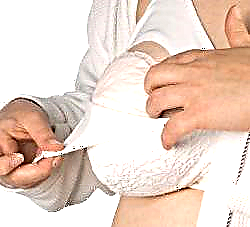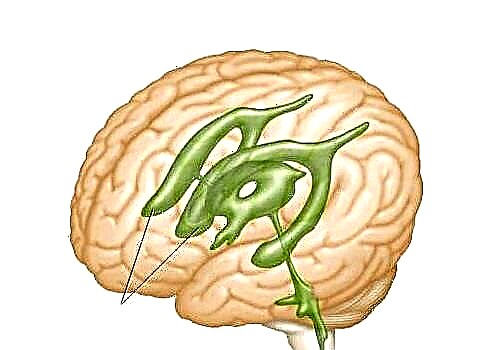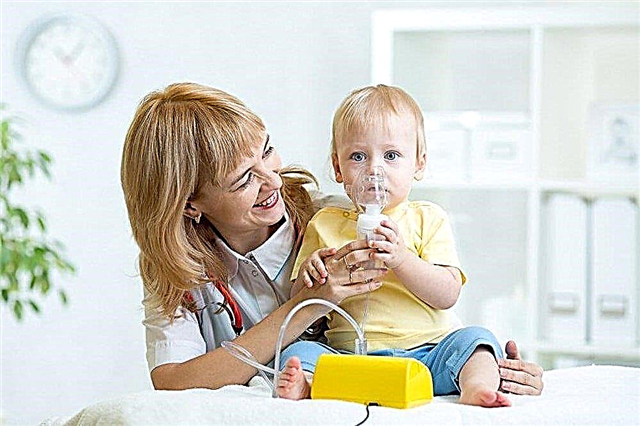During pregnancy, you notice a thick / viscous / sticky discharge from the breast of a yellowish, transparent or creamy shade - is this a normal phenomenon or a pathology? Immediately, we hasten to reassure you - this is the secretion of colostrum - an absolutely normal and safe phenomenon. If you have not shed colostrum during your entire pregnancy, this is also normal.

What is it?
Colostrum – it is a thick, viscous, sticky liquid of a yellowish, transparent or creamy shade, with a specific smell and slightly sweet taste, which is secreted by the mammary glands of a woman during the period of bearing and feeding a child. The production of colostrum in the mammary glands is a normal physiological process. Usually it is excreted in women in the first two to three days after the birth of a child. But colostrum can be secreted at different stages of pregnancy of the expectant mother.... Colostrum is also called immature milk, as it precedes the appearance of real breast milk. Colostrum differs from milk also in its composition: it contains less fat and sugar, but more protein.
How is it useful?
Colostrum is very beneficial for the baby in the first days of his birth. It is saturated with antibodies that protect the baby from infections and facilitate its rapid adaptation to the outside world. It contains all the nutrients that a child's body needs for normal life.
Colostrum chemical composition: albumin and globulins - proteins (up to 6-7%); water (84-88%); bifidumbacteria; lactobacilli; vitamins of group A, B, C, E, PP; milk sugar (lactose) - carbohydrates (up to 5-5.5%); fats (4-5%); mineral salts; food enzymes (amylase, lipase and protease); hormones.
Colostrum is higher in calories than milk itself and contains less water. Despite this, it is easily absorbed by the newly born body and prepares the baby's digestive system for the assimilation of heavier food - real breast milk (composition and properties of breast milk). The first meal of the newborn - colostrum - has a laxative effect, which ensures easy bowel movement from feces. Colostrum promotes the elimination of bilirubin, thereby reducing the risk of postpartum jaundice.
Colostrum during pregnancy
 At the time when the baby grows and develops in the womb, the body of the expectant mother prepares to feed her baby for all nine months. At the very beginning of pregnancy, the mammary glands begin to swell, and women may feel mild pain. Changes also occur at the hormonal level, which leads to the production of colostrum.
At the time when the baby grows and develops in the womb, the body of the expectant mother prepares to feed her baby for all nine months. At the very beginning of pregnancy, the mammary glands begin to swell, and women may feel mild pain. Changes also occur at the hormonal level, which leads to the production of colostrum.
When does it appear?
As for the timing of the appearance of colostrum, there is no definite answer. The production of milk fluid begins from the moment of conception, although a woman in the first trimester may not feel this. But immature milk is more actively produced by the body already in the second trimester. Outwardly, this can appear in the form of yellowish sticky drops that remain on clothing. Colostrum becomes more transparent two months before delivery, but the amount usually does not increase. And even if the expectant mother does not find droplets of immature milk until the very moment of childbirth, then there is nothing dangerous in this either. One way or another, it is produced in the body: this process is laid down by Mother Nature.
In some cases, a woman is faced with the appearance of colostrum even in the early stages of pregnancy. Doctors do not see any threat to either the mother or the baby in the early release of unripe milk. You should not be afraid of a slight itching and tingling sensation around the nipples, which may accompany the discharge of colostrum.
What stimulates colostrum production?
The secretion of colostrum during pregnancy is facilitated by factors such as:
- a surge of emotions (positive and negative);
- prolonged intercourse;
- taking a hot shower;
- breast massage;
- gwith high air temperatures, especially in summer;
- drinking hot tea or other drinks.
Deviations from norms
So, the release of colostrum at any stage of pregnancy is a completely normal process that occurs in the body of the expectant mother. However, a woman, noticing a similar phenomenon in herself, should focus on such points as:
- Colostrum color. Normally, it should be a rich creamy shade, then, closer to childbirth, it becomes more transparent. If small particles of blood are mixed with the liquid, then you should be alert, but not panic. The presence of blood can be either a variant of the norm or signal a disease. Here you will definitely need a consultation with specialists (mammologist, surgeon, oncologist) and a detailed examination of the body (ultrasound of the mammary glands, MRI, mammography, etc.).
- The amount of colostrum. Usually a little fluid is released, although this process, like the entire pregnancy, manifests itself individually. If a woman thinks that there is too much fluid released, then consultation with a mammologist will not be superfluous. It is worth knowing that increased breastfeeding during pregnancy leads to increased levels of the hormone oxytocin. And this is fraught with an increase in the tone of the uterus, which is dangerous and leads to the threat of miscarriage. But it is possible that the intense production of colostrum is related to the factors described above. Stress, intense massage, hot showers stimulate the process of excretion of milky fluid.
- Offensive odor and impurities of pus in colostrum. This symptom may indicate the presence of a bacterial infection in the ducts of the mammary glands. In this case, the expectant mother may have a rise in body temperature and deteriorate overall well-being. Seeking medical attention and treatment should be prompt to reduce the risk of fetal infection.
- Discomfort in the chest. A slight tingling sensation and mild itching accompanying colostrum secretion is normal. But if a woman feels severe pain or notices depressions and bumps in the mammary glands, then she needs to immediately tell the doctor about this. The presence of accompanying pain in the lower back and lower abdomen is also a bad sign. Symptoms like these can lead to miscarriage or premature birth. You should not wait for such a terrible situation, it is better to go to a medical institution on time.
Colostrum in non-pregnant women
Colostrum can be produced not only during pregnancy and lactation, but also after the completion of the period of feeding the baby for 1 to 2 years. The sudden appearance of colostrum, not associated with pregnancy and recent breastfeeding, may mean that the woman's body has increased the content of hormones - oxytocin and prolactin. And here you should not wait and think for a long time: you should immediately run to the mammologist. What can the unexpected appearance of colostrum in the mammary glands signal?
- hormonal disruption in the body;
- mastitis (in this case, pus is released);
- fibroadenoma and other tumors.
Important: In cases of taking contraceptives, some women have a periodic discharge of colostrum before the start of the menstrual cycle. However, it is worth taking a blood test to make sure there are no diseases.
Hygiene rules during colostrum excretion
The presence of colostrum forces a woman to take more care of her breasts. After all, this sweetish liquid contributes to the formation of a favorable environment for the emergence and active reproduction of bacteria. That is why the expectant mother needs to pay special attention to body hygiene and adhere to simple rules:
- Wash the mammary glands at least 2 times a day with warm water. In this case, you do not need to use soap: it can cause the formation of cracks in the nipples and their subsequent inflammation.
- Wipe your breasts gently, lightly patting the skin with a soft towel.
 To avoid wet stains on clothes, use disposable pads (cotton pads, gauze, tampons), changing them as they get wet.
To avoid wet stains on clothes, use disposable pads (cotton pads, gauze, tampons), changing them as they get wet.- Wear a comfortable bra made from natural fabric.
- Do not massage your breasts do not express colostrum, as this stimulates its production.
- Use moisturizers to prevent nipple cracking.
- Eat right, balanced: reduce the consumption of sugar, fat and replenish the diet with protein foods, vegetables and fruits.
Important: Failure to follow these rules can lead to inflammation of the ducts in the mammary glands.
Tips for expectant mothers
Remember that original milk is very valuable for your baby. Apply the newborn to the breast as often as possible so that it receives the necessary supply of nutrients and is as protected as possible from outside influences. Feeding is especially important in the first hour of birth (the importance of the first attachment to the breast). The ideal feeding period in the early days is 20 minutes. Frequent latching to the breast will not only help the baby, but will stimulate the lactation function of the mammary glands in the mother. Colostrum is your baby's health.


 To avoid wet stains on clothes, use disposable pads (cotton pads, gauze, tampons), changing them as they get wet.
To avoid wet stains on clothes, use disposable pads (cotton pads, gauze, tampons), changing them as they get wet.

